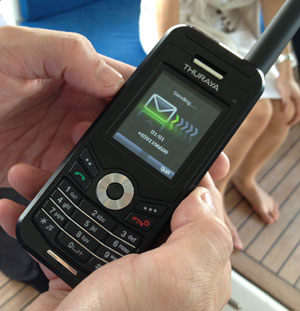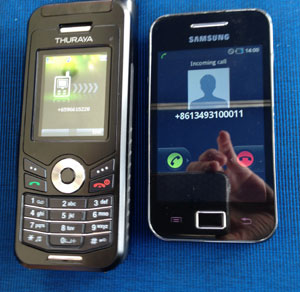Click on the 55-second video above for glimpses of a trip out to sea with Armarda Group CEO to test satellite phones and Armarda's mobile satellite service.
(For higher resolution, click to start the video, then move your mouse cursor over the base of the video, and click on 'Change Quality'.)
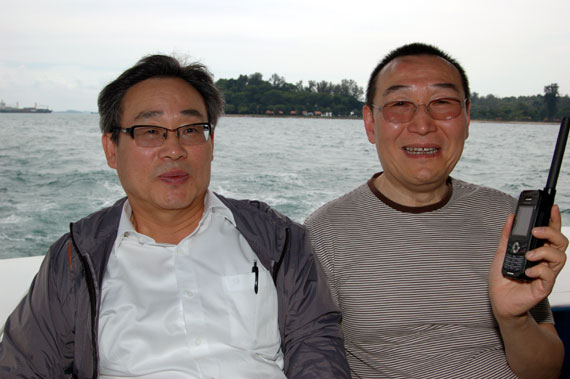
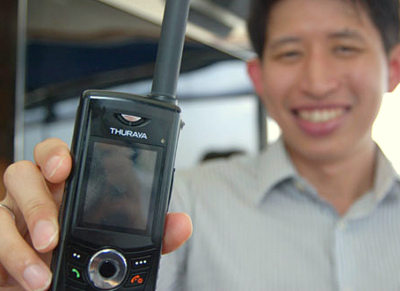
Photos by Sim Kih
WITH ONE MILLION fishing boats, the PRC maritime industry is the largest target market for the mobile satellite phone (satphone) service that Armarda Group is tying up with China Telecom to provide.
At sea, telecommunications signals for cellular phones on GSM or CDMA networks become unreliable as phone users move away from the receptor broadcasting towers onshore.
The alternative is satellite phones (satphones, in short) which send and receive calls using satellites that orbit in outer space.
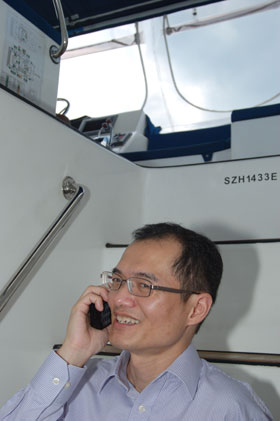
Singapore-listed Armarda recently invited a group of analysts and investors to test the robustness of its satphone service at sea off Singapore.
UOB Kayhian investment analyst Jonathan Koh, NRA Capital investment analyst Joel Ng and NextInsight were in the party led by Armarda CEO Terence Luk.
Dr Ryoo Jang-Soo, chief of the South Korean third-party original equipment manufacturer for the Thuraya satellite phones and equipment, specially flew to Singapore for the demonstration and addressed technical queries posed by investors on the cruise.
From Sentosa Cove, we were ferried about 6.5 km in a yacht southward of Singapore.
We stopped at St John's Island to replicate some of the successful mobile satellite network tests that China Telecom had recently conducted on the Thuraya XT phone distributed by Armarda’s 45%-owned associate company China Mobile Satellite Communications Group (“CMSCG”).
The tests by China Telecom were part of its rollout of a mobile Satphone service with phone line prefix +1349 on Thuraya's satellite network.
China Telecom uses UAE telco Thuraya's satellite network, Satphones and pheripheral equipment through licensing agreements with CMSCG.
Aside from the size of the maritime industry in China that could ring in strong revenue growth, Armarda is confident of a good take-up rate because the cost of using satellite phone services is affordable.
"We provide Thuraya's mobile satellite service in China at very affordable rates. Voice calls only cost the Satphone user Rmb 1.80 (35cts) per minute," said Mr Luk.
Related story: ARMARDA: Transforming Into A Mobile Satellite Phone Services Play
